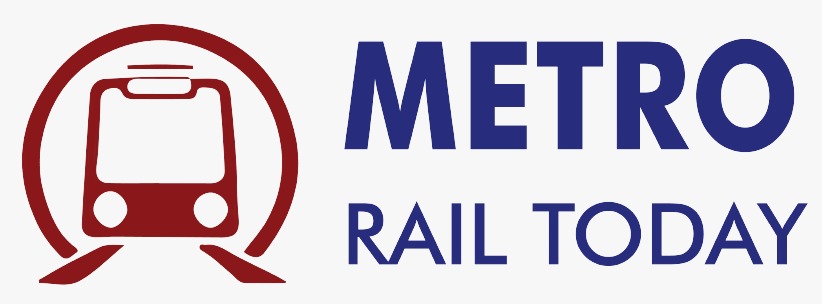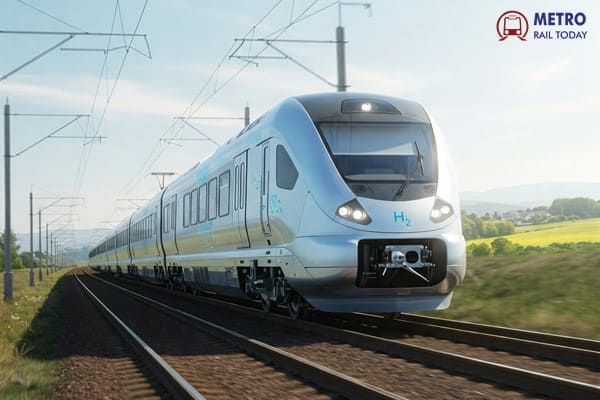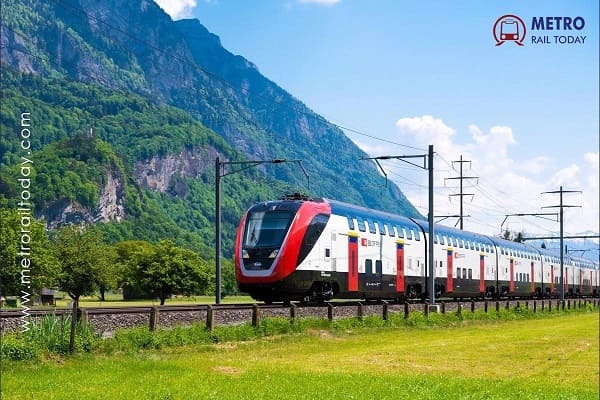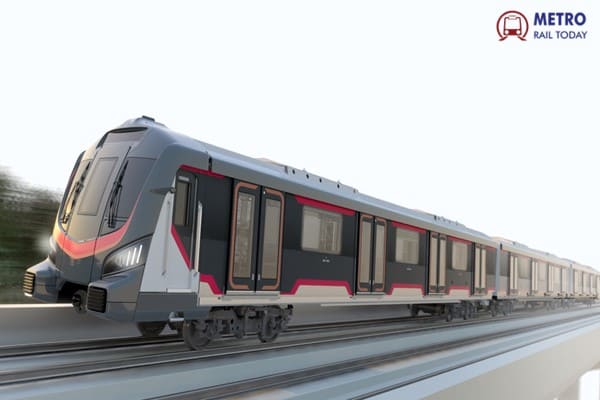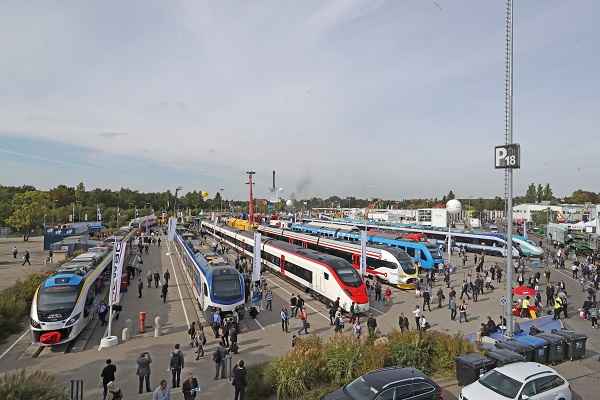 Global Rail Industry to Reach $436Bn by 2030 - Digitalization and Sustainability Lead the Track
Global Rail Industry to Reach $436Bn by 2030 - Digitalization and Sustainability Lead the Track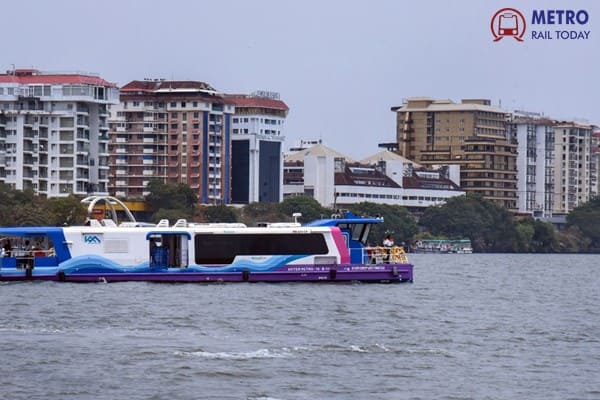 Delhi Metro enters Maritime Logistics Sector with Deendayal Port e-FTS Project
Delhi Metro enters Maritime Logistics Sector with Deendayal Port e-FTS Project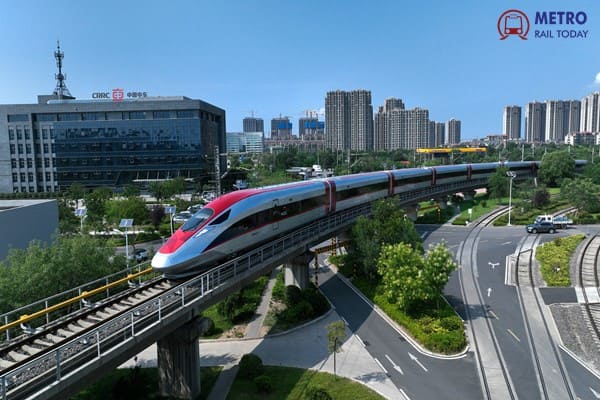 China’s CR450 Bullet Train hits 450 kmph, Becomes fastest Train in the World
China’s CR450 Bullet Train hits 450 kmph, Becomes fastest Train in the World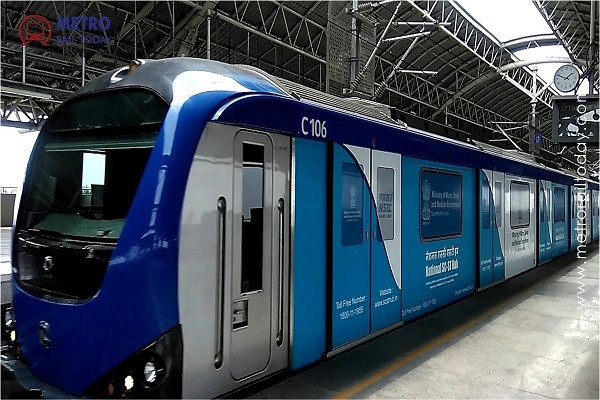 Faiveley signs ₹48.33 cr contract to install Anti-Drag Safety System in Chennai Metro Phase 1 Trains
Faiveley signs ₹48.33 cr contract to install Anti-Drag Safety System in Chennai Metro Phase 1 Trains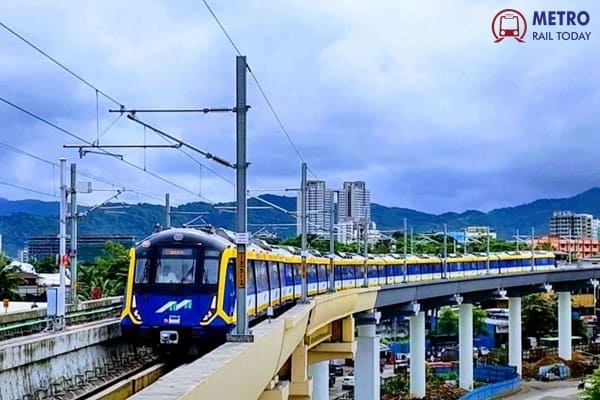 Tender floated to appoint Consultant for ₹23,487 crore Mumbai Metro Line 11
Tender floated to appoint Consultant for ₹23,487 crore Mumbai Metro Line 11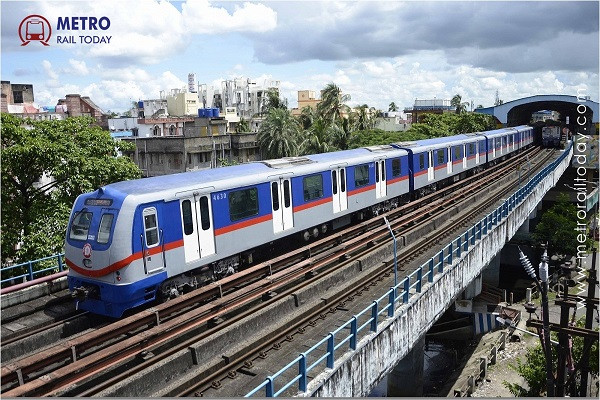 Kolkata Metro invites Bids for ₹43.2 Crore Aluminium Third Rail installation on Blue Line
Kolkata Metro invites Bids for ₹43.2 Crore Aluminium Third Rail installation on Blue Line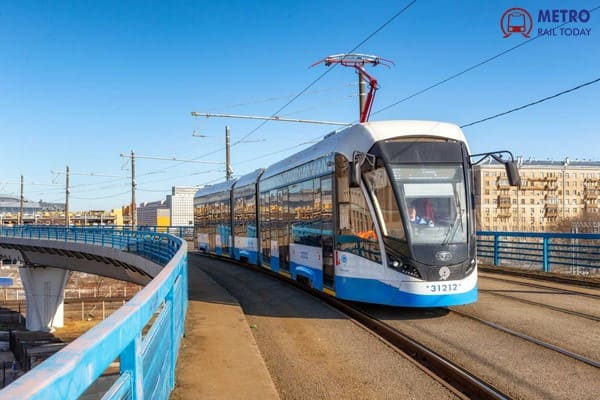 Alstom rolls out first Flexity 2 Tram for Melbourne’s Next-Gen G Class Fleet
Alstom rolls out first Flexity 2 Tram for Melbourne’s Next-Gen G Class Fleet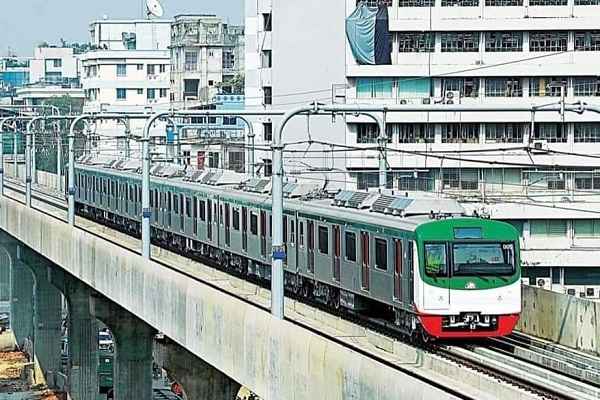 Bearing Pad falls from Dhaka Metro Rail Viaduct, Killed One Pedestrian, Two Injured
Bearing Pad falls from Dhaka Metro Rail Viaduct, Killed One Pedestrian, Two Injured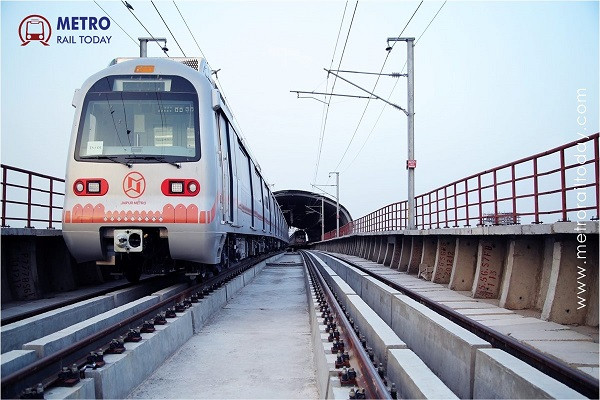 First global civil tender worth ₹1,145 crore launched for Jaipur Metro Phase 2 Project
First global civil tender worth ₹1,145 crore launched for Jaipur Metro Phase 2 Project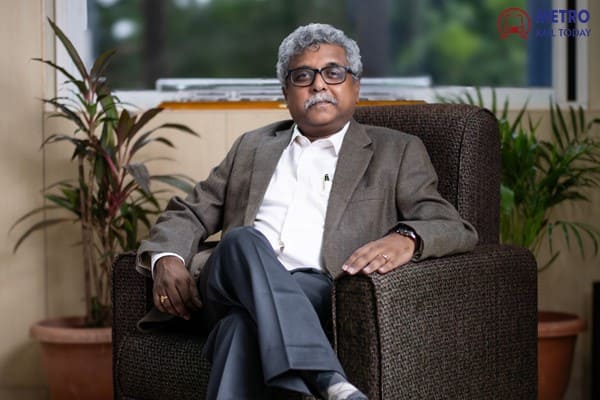 Vande Bharat to Vision 2047 — How ICF is Leading India’s Next Rail Revolution?
Vande Bharat to Vision 2047 — How ICF is Leading India’s Next Rail Revolution?
Global Rail Industry to Reach $436Bn by 2030 - Digitalization and Sustainability Lead the Track

The global rail industry is on course for a transformative decade, with total market value projected to reach $436.35 billion by 2030, driven by rapid digitalization, green propulsion technologies, and enhanced passenger experiences. According to recent market analyses, the digital railway segment alone will hit $127.54 billion, signaling a paradigm shift toward smarter, safer, and more sustainable rail systems worldwide.
Market Outlook: Rail’s Billion-Dollar Future
By 2030, rail transport is expected to dominate the sustainable mobility landscape, with several segments registering exponential growth:
| Segment | Projected Market Value (2030) |
|---|---|
| Total Rail Transportation Market | $436.35 billion |
| Rail Freight Transport Market | $405.76 billion |
| Rail Asset Management Market | $17.59 billion |
| Digital Railway Market | $127.54 billion |
| Railway Track Market | $37.81 billion |
The rail industry’s resurgence reflects a broader global movement toward green, connected, and digitally intelligent transport infrastructure.
Digitalization & Automation: The Railways Go Smart
The next generation of railways will be driven by Artificial Intelligence (AI), Internet of Things (IoT), and automation, redefining how trains operate, are maintained, and serve passengers.
-
AI-powered predictive maintenance will prevent breakdowns and reduce costs.
-
IoT-based sensors and connectivity will enable real-time train tracking, passenger information, and smart ticketing.
-
Autonomous train systems, championed by leaders like Alstom and Siemens, will further improve punctuality and safety.
-
Integrated ticketing systems will allow passengers to move seamlessly across trains, metros, buses, and other modes of public transport with a single digital payment solution.
Sustainability: Rail as the Backbone of Green Mobility
Sustainability remains at the heart of future rail growth. With the transport sector under pressure to reduce emissions, rail is emerging as the cleanest and most energy-efficient mode of mass transit.
-
Green propulsion technologies — electric, hydrogen, and battery-powered trains — are replacing diesel locomotives.
-
India, for example, has set an ambitious goal to make its entire rail system net-zero by 2030.
-
Stations and depots are being reimagined as hubs for solar and wind energy generation, creating energy-positive rail networks.
-
A modal shift from road and air to rail is being actively promoted to reduce global carbon footprints.
Infrastructure Expansion: Building the Future of Mobility
Global infrastructure investments are accelerating as governments and private players commit to next-generation rail networks.
-
Dedicated Freight Corridors (DFCs) and high-speed rail lines are expanding rapidly across Asia-Pacific and North America.
-
Countries are adopting Public-Private Partnership (PPP) models to finance multi-billion-dollar rail modernization projects.
-
Aging rail networks are being upgraded for higher speeds, better safety, and digital efficiency, supporting sustainable urbanization.
Passenger Safety & Experience: The Human-Centric Rail Revolution
Beyond infrastructure, operators are prioritizing safety, reliability, and passenger comfort.
-
Implementation of Automatic Train Protection (ATP) systems and AI-based monitoring will drastically reduce human error.
-
Operators are introducing personalized, customer-centric services, ensuring a smooth and connected travel experience.
-
Continuous staff training and global knowledge exchange will strengthen the industry’s safety culture.
Mrs. Mamta Shah, MD & CEO of Urban Infra Group and Managing Editor of Metro Rail Today, emphasized the importance of balancing growth with sustainability:
“The rail industry is entering a defining decade where innovation and sustainability must move in parallel. The convergence of digital rail systems, AI-driven maintenance, and green propulsion technologies will make railways not only smarter but also significantly more climate-resilient. The 2030 horizon is about creating an ecosystem where speed, safety, and sustainability go hand in hand.”
The Road to 2030
As governments and global rail manufacturers invest heavily in digital transformation, renewable integration, and next-gen passenger services, railways are set to remain the backbone of future mobility.
By 2030, the world’s rail systems will not just move people and goods — they will power economies, enable climate action, and define the next era of connected, intelligent, and sustainable transport.
